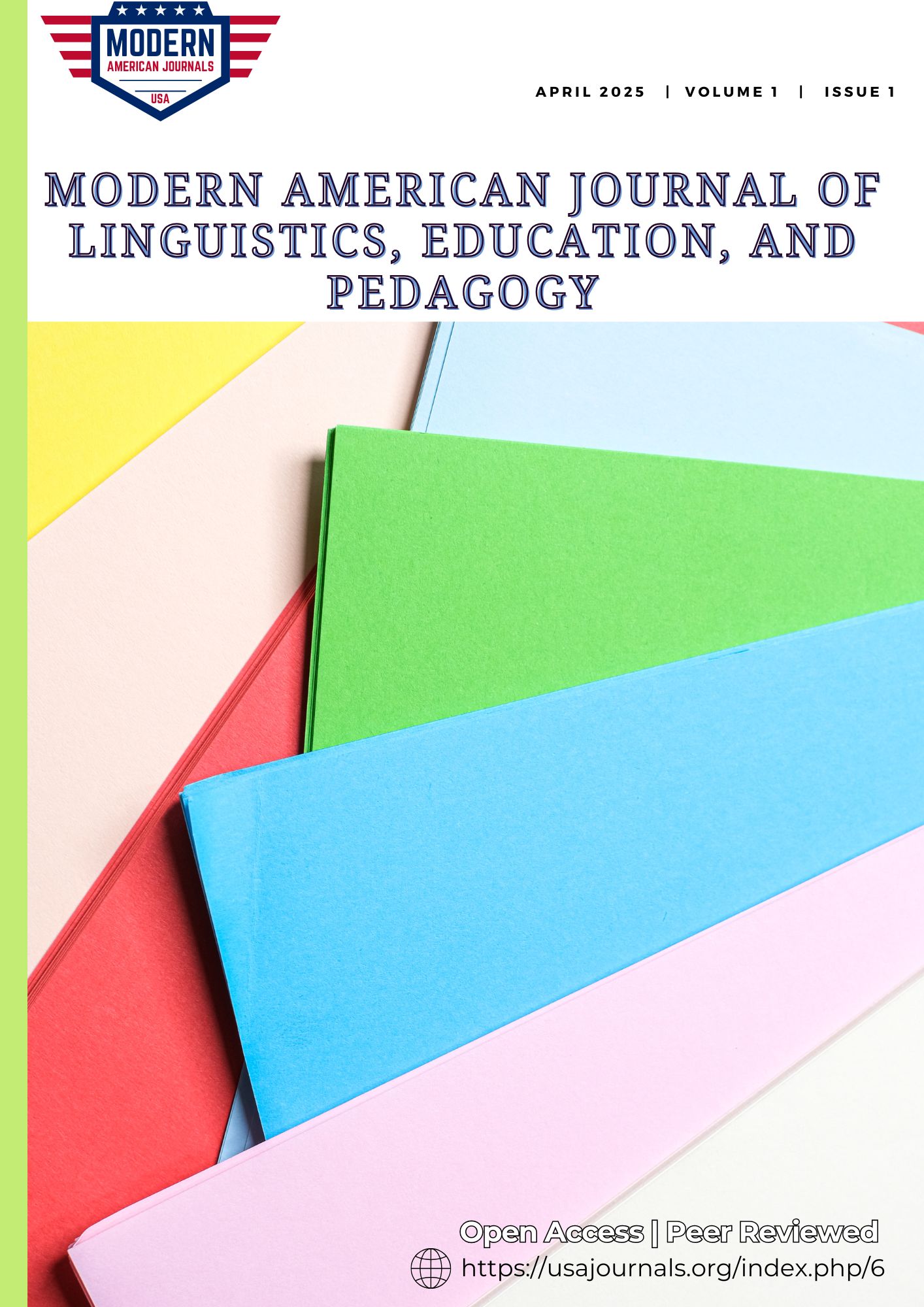CURRICULUM DESIGN FOR MULTILINGUAL CLASSROOMS: STRATEGIES FOR FOSTERING LANGUAGE PROFICIENCY IN DIVERSE LEARNERS
Keywords:
Multilingual Education, Curriculum Design, Language Proficiency, Differentiated Instruction, Inclusive Pedagogy, Culturally Responsive Teaching, Language Acquisition, Educational Strategies, Collaborative Learning, AssessmentAbstract
As classrooms become increasingly multilingual, educators face the challenge of designing curricula that support language proficiency for learners from diverse linguistic backgrounds. This paper explores effective strategies for curriculum design in multilingual classrooms, focusing on fostering language proficiency and ensuring equitable learning opportunities for all students. Through a review of recent literature, we identify key approaches that can be integrated into curriculum planning, such as differentiated instruction, scaffolding, and inclusive pedagogies. The study emphasizes the importance of recognizing students' linguistic diversity as an asset, rather than a barrier, and advocates for culturally responsive teaching practices that honor students' home languages while promoting proficiency in the language of instruction. Furthermore, we discuss the role of collaborative learning, technology integration, and assessment strategies in supporting multilingual learners. This paper offers practical recommendations for educators and policymakers to create inclusive, flexible, and effective curricula that facilitate language development for diverse learners.


